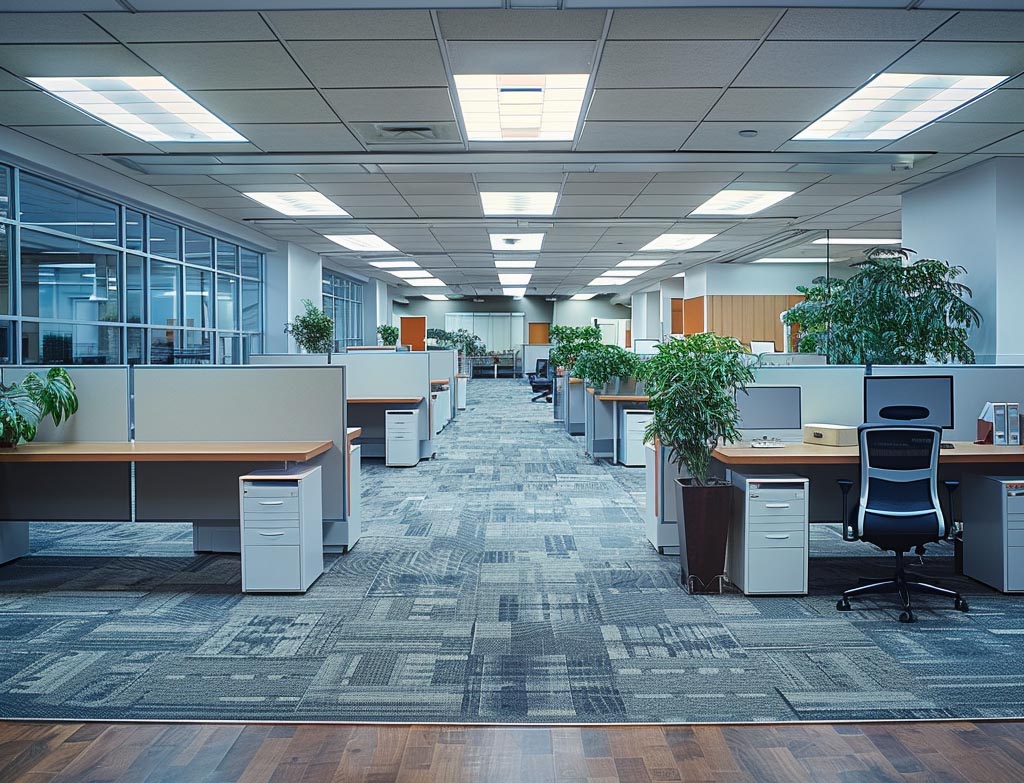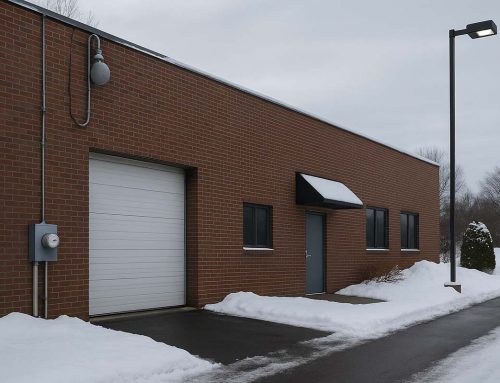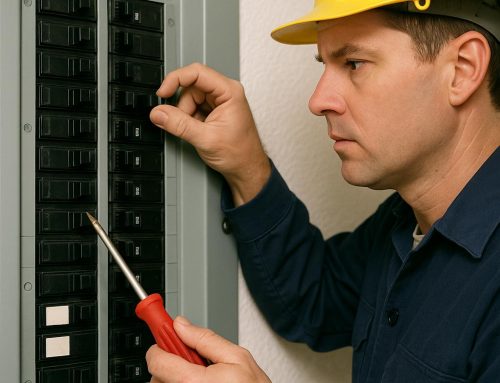Why Should You Replace Halogen Bulbs?
Halogen bulbs have been a popular choice for home lighting for many years, but they come with several drawbacks that make them less than ideal in today’s energy-conscious world. Here are a few reasons why you should consider replacing them:
- Energy Efficiency: Halogen bulbs are less energy-efficient compared to modern lighting options. They convert only a small portion of electricity into light, with the rest being wasted as heat. This inefficiency can add up on your electricity bill over time.
- Heat Output: Halogen bulbs can get extremely hot, making them a potential fire hazard if placed too close to flammable materials or used in enclosed fixtures without proper ventilation. They can also make rooms uncomfortably warm, especially during the summer months.
- Short Lifespan: Halogen bulbs typically last around 2,000 hours, which is much shorter than modern alternatives like LEDs. This means you’ll be replacing them more frequently, adding to the overall cost of ownership.
- Environmental Impact: The inefficiency and shorter lifespan of halogen bulbs contribute to a larger carbon footprint. By switching to more energy-efficient lighting, you can reduce your environmental impact and help conserve resources.
What Should You Replace Halogen Bulbs With?
The best replacement for halogen bulbs is LED (Light Emitting Diode) bulbs. Here’s why:
- Energy Efficiency: LEDs use up to 85% less energy than halogen bulbs, which can significantly lower your energy bills.
- Long Lifespan: LEDs can last up to 25,000 hours or more, meaning you won’t have to replace them nearly as often.
- Cooler Operation: Unlike halogen bulbs, LEDs emit very little heat, making them safer to use and reducing the risk of accidental burns or fire.
- Versatility: LEDs come in a variety of colors, brightness levels, and designs, making it easy to find a bulb that suits your specific needs.
Step-by-Step Guide to Replacing Halogen Bulbs
Step 1: Gather Your Materials
Before you start, make sure you have the following materials:
- A ladder or step stool (if the bulb is located in a hard-to-reach place)
- A pair of gloves (to protect your hands from any residual heat or broken glass)
- Replacement LED bulbs (make sure they have the same base type and similar light output as the halogen bulbs you’re replacing)
Step 2: Turn Off the Power
Safety first! Before you touch any light fixture, turn off the power to the circuit at your breaker box. If you can’t turn off the power at the breaker, at least switch off the light at the wall.
Step 3: Allow the Bulb to Cool
Halogen bulbs can get very hot, so it’s important to let them cool down before you attempt to remove them. This could take a few minutes, depending on how long the bulb was on.
Step 4: Remove the Old Bulb
Once the bulb is cool, put on your gloves and carefully remove it. Most halogen bulbs simply unscrew or pop out of their sockets. If the bulb is in a recessed fixture, you might need to gently pull down the fixture to access the bulb.
Step 5: Install the New LED Bulb
Take your new LED bulb and carefully insert it into the socket, making sure it’s securely in place. If your fixture has a cover, replace it as well.
Step 6: Turn the Power Back On
After the new bulb is installed, turn the power back on at the breaker or wall switch. Test the light to ensure the bulb is working correctly.
Step 7: Dispose of the Old Halogen Bulb Properly
Halogen bulbs should not be thrown in the regular trash. Check your local guidelines for proper disposal or recycling options to ensure you’re disposing of them in an environmentally responsible way.
Final Thoughts
Replacing halogen bulbs with LEDs is a simple but impactful way to make your home more energy-efficient, safer, and environmentally friendly. Not only will you reduce your energy bills, but you’ll also enjoy longer-lasting and cooler-running lighting throughout your home. With this step-by-step guide, you can confidently make the switch and enjoy the benefits of modern lighting technology. Contact Eric Gandler, Clifton Park, Development Electric for help.






